ISSN ONLINE(2319-8753)PRINT(2347-6710)
ISSN ONLINE(2319-8753)PRINT(2347-6710)
| Thennarasu. P, Prabhakaran. D, Ganapathy Srinivasan. R Assistant Professor, Department of Mechanical Engineering, Magna College of Engineering, Magaral, Chennai, India |
| Related article at Pubmed, Scholar Google |
Visit for more related articles at International Journal of Innovative Research in Science, Engineering and Technology
Karanja based bio-diesel is a non-edible, biodegradable fuel suitable for diesel engines. Karanja biodiesel has been prepared by transesterification method. Biodiesel-diesel blends have been prepared on volume basis. Physical properties of Karanja biodiesel, diesel and its blends have been determined. An experimental investigation has been carried out to analyze combustion characteristics of a single cylinder, VCR diesel engine fuelled with Karanja biodiesel and its blends (10%, 20%, 30%, 50% and 75%) with neat diesel. A series of engine tests, with CR 16.5, 17.5 and 18.5 have been conducted using each of the above blends for comparative evaluation. Combustion parameters such as ignition delay, peak pressure development, heat release rate analysis of engine have been studied. The results of the experiment in each case have been compared with baseline data of neat diesel. Ignition delays of bio-diesel blends are lower than that of diesel; peak pressure takes place definitely after TDC for safe and efficient operation. Comparable rate of pressure rise obtained is indicative of stable and noise free operation of CI engines with karanja biodiesel blends. B10 is suitable alternative fuel for diesel at slightly higher CR can be used without any engine modifications
Keywords |
| Biodiesel; Diesel Engine; Heat Release Rate. |
INTRODUCTION |
| Energy is one of the most significant inputs for growth of all sectors including agricultural, industrial service and transport sectors. Energy has been at the centre stage of national & global economic development from several decades. The demand for energy, around the world is increasing exponentially, specifically the demand for petroleum-based energy [1]. Global warming is related with the greenhouse gases which are mostly emitted from the combustion of petroleum based fuels. Fast depletion of fossil fuels is demanding an urgent need to carry out research work to find out the viable alternative fuels. Diesel fuel is largely consumed by the transportation sector. Thermodynamic tests based on the engine performance evaluations have established the feasibility of using vegetable oils and its biodiesel. It has been found that vegetable oils hold special promise in this regard, because they can be produced from the plants grown in rural areas. The use of vegetable oils is restricted by unfavorable physical properties, particularly viscosity. Due to higher viscosity, vegetable oil causes poor fuel atomization, incomplete combustion and carbon deposition on the injector. One possible method to overcome the problem of higher viscosity is blending of vegetable oil with diesel in proper proportion, and the other method is transesterification of oils to produce biodiesel [2]. |
| Several researcher have prepared biodiesel and tested it for CI engine. Murat Hosoz et al. [3] investigated performance and emission parameters of a CI fuelled with diesel-Cottonseed biodiesel blend, subjected to preheating to lower its viscosity. The results revealed that preheating leads to favorable effects on the BTE and CO emissions but cause higher NOx emissions. Raheman and Phadtare [4] studied properties of karanja biodiesel and its blend with diesel from 20 to 80% by volume. Esterification of karanja oil comprised heating of oil, addition of KOH and methyl alcohol, stirring of the mixture, separation of glycerol, washing with distilled water and heating for removal of water. Engine tests have been carried. The results revealed that there was reduction in emissions and BSFC with increase power, BTE makes the blends of karanja biodiesel (B20 and B40) a suitable alternative fuel for diesel. Altun et al. [5] prepared biodiesel from inedible animal tallow and used its blends with diesel fuel in a diesel engine. Roy et al. [6] produced and used biodiesel from pure and used canola oil. |
| Banapurmatha et al. [7] carried out trial on CI engine operated with methyl esters of Karanja oil, Jatropha oil and Sesame oil. Jindal et al. [8] studied effects of the engine design parameters viz. CR and fuel injection pressure. Buyukkaya [9] reported experimentally, performance, emission and combustion characteristics of a diesel engine using rapeseed oil biodiesel and its blends of 5%, 20% and 70% and diesel fuel separately. Devan and Mahalakshmi [10] used methyl ester of paradise oil, Qi et al. [11] used methanol as additive to biodiesel–diesel blends, Anand et al. [12] used ferric chloride as a fuel borne catalyst for waste cooking palm oil based biodiesel. Hulwan and Joshi [13] used high percentage of ethanol in diesel–ethanol- biodiesel blends where biodiesel act as a co-solvent and properties enhancer. Yang et al. [14] investigated the performance, combustion and emission characteristics of diesel engine fueled by biodiesel at partial load conditions. |
| In this present research work, efforts have been made on production and subsequent utilization of Karanja biodieseldiesel blends in the VCR diesel engine. An experimental investigation has been carried out to analyze combustion characteristics of a single cylinder, VCR diesel engine fuelled with Karanja biodiesel and its blends (10%, 20%, 30%, 50% and 75%) with neat diesel. A series of engine tests, with CR 16.5, 17.5 and 18.5 have been conducted using each of the above blends for comparative evaluation. Combustion parameters such as ignition delay, peak pressure development, heat release rate analysis of engine have been studied. |
FUEL PREPARATION & TESTING |
| Karanja (Pongamia) is an oil seed-bearing tree, which is non-edible and does not find any suitable application with only 6% being utilized of 200 million tonns per annum. The oil is also used as a lubricant, water-paint binder, and pesticide. The oil has also been tried as fuel in diesel engines, showing a good thermal efficiency. Karanja oil was filtered to remove solid material then preheated at 110 0C for 30 min to remove moisture. Then free fatty acids content in Karanja oil were reduced by esterification. The karanja oil is first heated to 50 0C and 0.5% (by wt) sulfuric acid and 13% (by wt) methyl alcohol were added in oil. This mixture is stirred at 700 rpm and temperature is controlled at 60 0C for 90 min. Catalyst used is NaOH with 1% (by wt). It is dissolved in the 13% (by wt) of CH3OH using a standard agitator at 700 rpm speed for 20 min. After completion it is slowly charged into preheated esterified oil. The temperature of reaction mix is maintained at 65 0C and reaction time is 70 min. The stirring speed is maintained at 700 rpm. After the confirmation of completion of methyl ester formation, the heating is stopped and the products are cooled and transferred to separating funnel. Once the reaction is complete, it is allowed for settling for 8-10 hours in separating funnel. Glycerin is much denser than biodiesel and is settled down while biodiesel floated up. The two can be gravity separated. Table 1 gives properties of Karanja biodiesel. |
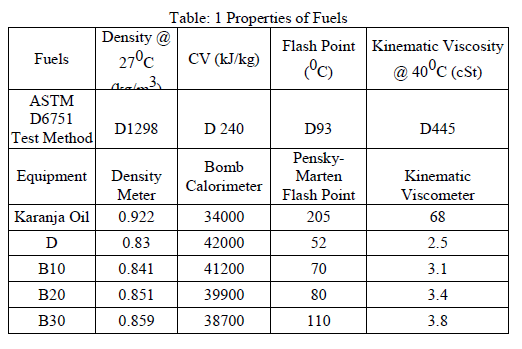 |
 |
EXPERIMENTAL SET-UP AND THEORETICAL CONSIDERATION |
VCR Engine Test Rig |
| The study is carried out in the laboratory on an advanced fully computerized engine test rig. The compression ratio can be changed without stopping the engine and without altering the combustion chamber geometry by specially designed tilting cylinder block arrangement. Setup is provided with necessary instruments for combustion pressure and crankangle measurements. These signals are interfaced to computer through engine indicator for P̬̉ & PV diagrams. Provision is also made for interfacing airflow, fuel flow, temperatures and load measurement. The set up has standalone panel box consisting of air box, two fuel tanks for duel fuel test, manometer, fuel measuring unit, transmitters for air and fuel flow measurements, process indicator and engine indicator. Rotameters are provided for cooling water and calorimeter water flow measurement. |
| Detailed engine test rig specification is given is given in Table: 2. Fig. 1 shows schematic layout of experimental setup. |
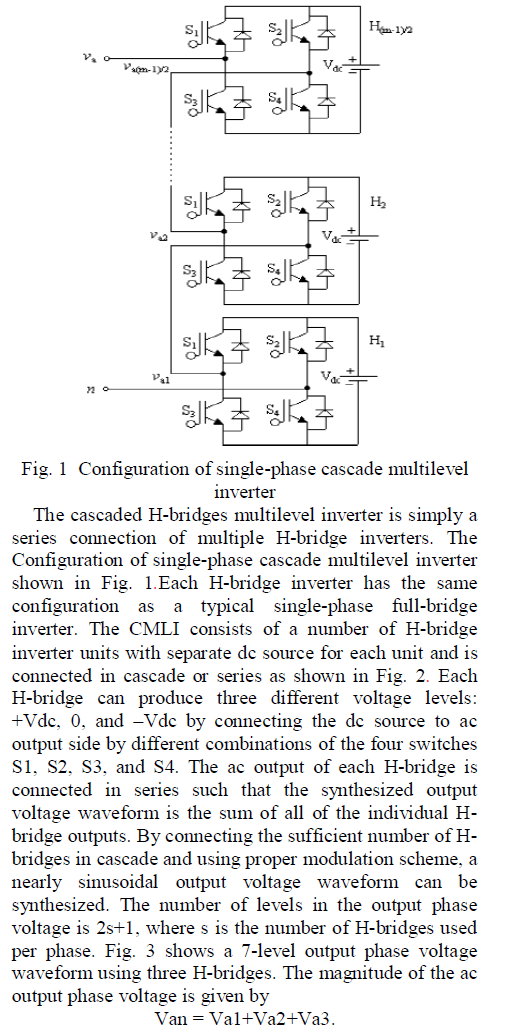 |
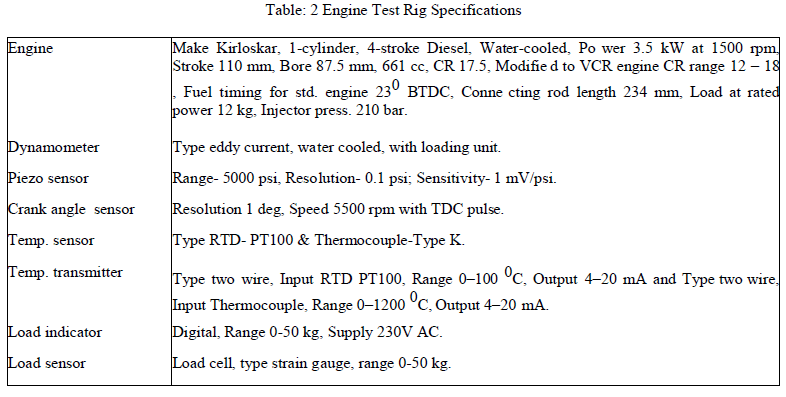 |
Exhaust Gas Analyzer |
| EPM1601-Engine exhaust measurement system designed & manufactured by i3sys b ased on Crestline 7911 NDIR bench. EPM1601 measures CO, HC, CO2 dioxide, and O2 from vehicle exhaust. Technical specifications of gas analyzer are given in Table 3. |
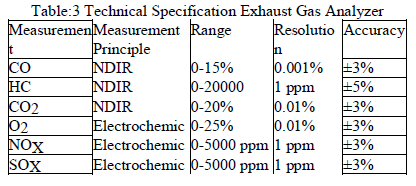 |
RESULT AND DISCUSSIONS P-θ DIAGRAM |
| Fig.2 shows the pressure-crank angle diagram for all the fuel blends and diesel at compression ratios 16.5:1,17.5:1 and 18.5:1 at full load. In a CI engine, cylinder pressure depends on the burnt fuel fraction during the premixed burning phase, i.e., initial stage of combustion. Cylinder pressure characterizes the ability of the fuel to mix well with air and burn. The ignition delay is the time interval from the start o f nozzle valve lift to the start of rapid pressure rise. It is observed that the ignition delays of bio-diesel blends are lower than that of diesel and are decreasing with an increase in the biodiesel in the blend. Since Cetane n umber for bio-diesel is higher than neat diesel hence ignition delay is shorter for all bio-diesel blends than neat diesel. |
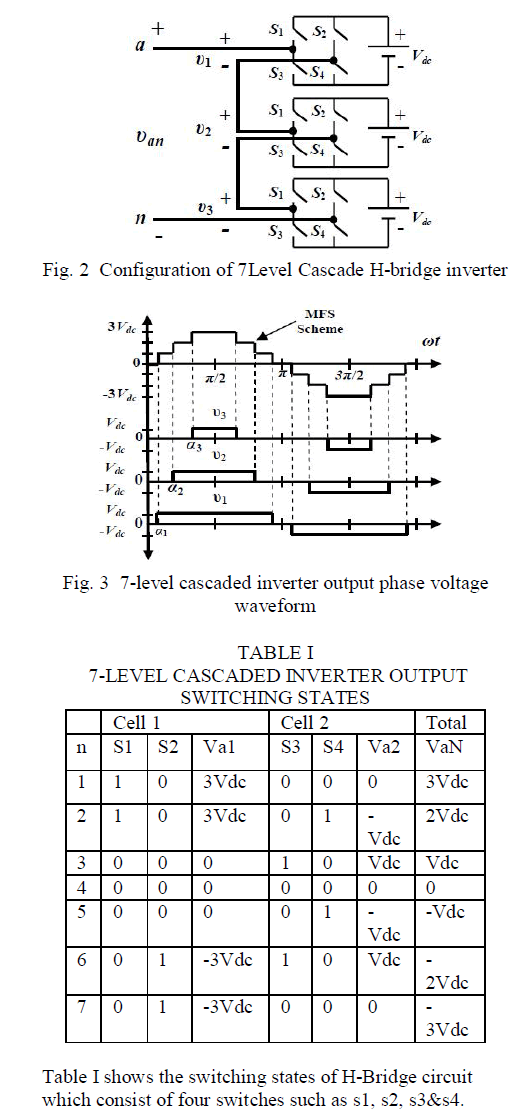 |
Peak pressure |
| Fig.3 shows variation of peak pressure with load for various diesel-biodiesel blends at different CRs. Peak pressure increases with increase in loads and decreases as the proportion of biodiesel i n the blends increases. Blends have less peak pressure than neat diesel at all compression ratios. The reason f or this is as combustion rate is less in initial stages of combustion for biodiesel blends. Also it can be obser ved that blend B10 has maximum peak pressure and it decreases with increase in bio-diesel percentages. Peak prressure values are 56.20 bar, 57.98 bar and 60.27 bar for B75 (58.93 bar, 61.22 bar and 65.23 bar for diesel) at CR of 16.5, 17.5 and 18.5 respectively. From this figure it is clear that peak pressure increases with increase in CR |
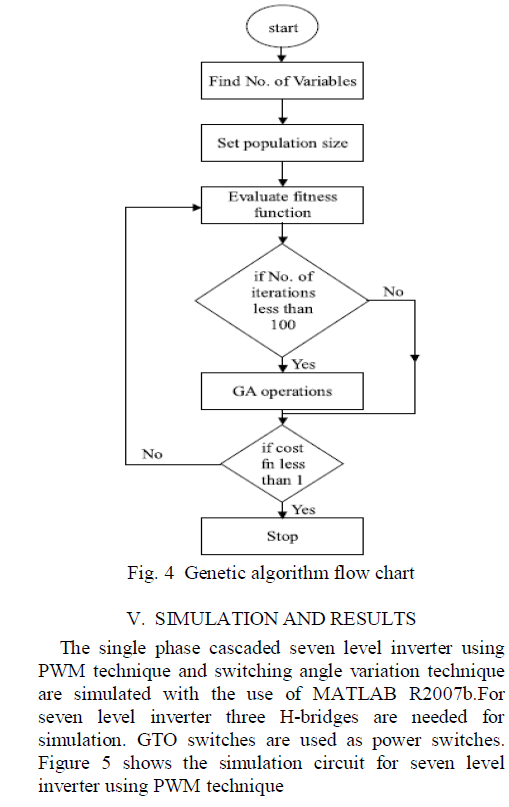 |
Rate of pressure rise- |
| Fig.3. Variation of Heat Release Rate with Crank angle for diff. CRs at max. load |
| Fig. 4 shows variation of rate of pressure rise with CA for all the fuel blends and nea t diesel at compression ratios 16.5:1, 17.5:1 and 18.5:1 at full load. Higher rate of pressure rise is indicative o f noisy operation of the engine. A value exceeding 8 bar/0 CA is generally considered as unacceptable. Rate of pressure rise is found to be comparable for all blends of karanja biodiesel. Peak values at full load are found to be 6.5 bar/0CA, 6.7 bar/0CA and 7.2 bar/0CA for diesel at CR 16.5, 17.5 and 18.5 respectively. For all ble nds of biodiesel shows lower value of maximum rate of pressure rise than diesel. Comparable rate of pressure ri se obtained is indicative of stable and noise free operation of compression ignition engines with karanja biodiesel blends. |
Net Heat Release Rate- |
| Fig. 3 shows variation of net heat release rate with CA for all the fuel blends and nea t diesel at compression ratios 16.5:1, 17.5:1 and 18.5:1 at full load. The maximum heat release rate of biodi esel and their blends is lower compared to that of diesel, possibly because of the lower heating value of the biod iesel blends and shorter ignition delay. On the other hand, while running with diesel, increased accumulation of f uel during the relatively longer delay period resulted in higher rate of heat release. As the percentage of karanj a biodiesel in the blend increases, the maximum heat release rate decreases and the crank angle at which it takes place advances. |
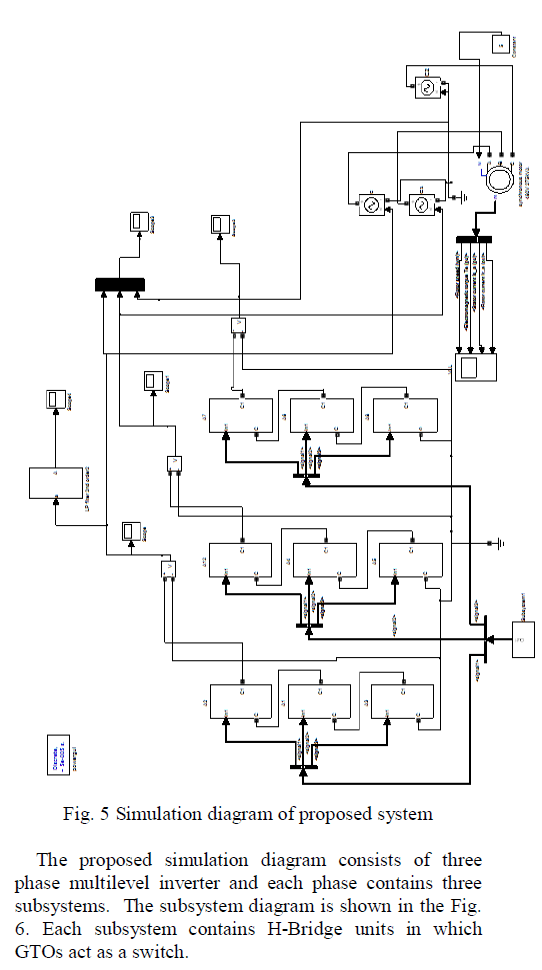 |
CONCLUSIONS |
| The combustion characteristics of 3.5 kW, DI, VCR diesel engine fuelled with karanja biodiesel (produced by transesterification process) blends have been analyzed and compared to those with diesel fuel. The conclusions of present work are summarized as follows: |
| 1. Transesterification process improved the fuel properties of the Karanja oil with respect to density, CV, viscosity, flash point. Higher flash point of karanja biodiesel and its blends with diesel made for safe storage and handling of these fuel. |
| 2. It is observed that the ignition delays of bio-diesel blends are lower than that of diesel and are decreasing with an increase in the biodiesel in the blend. The peak pressure takes place definitely after TDC for safe and efficient operation. Otherwise, a peak pressure occurring very close to TDC or before that causes severe engine knock, and thus affects engine durability. |
| 3. Comparable rate of pressure rise obtained is indicative of stable and noise free operation of compression ignition engines with karanja biodiesel blends. The maximum heat release rate of biodiesel and their blends is lower compared to that of diesel, possibly because of the lower heating value of the biodiesel blends and shorter ignition delay. But B10 gives comparable heat release rate. |
| 4. The B10 is best alternative fuel for diesel at slightly higher CR can be used safely. No hardware modifications are required for handling these fuels (Karanja biodiesel and their blends) in the existing engine. |
References |
|